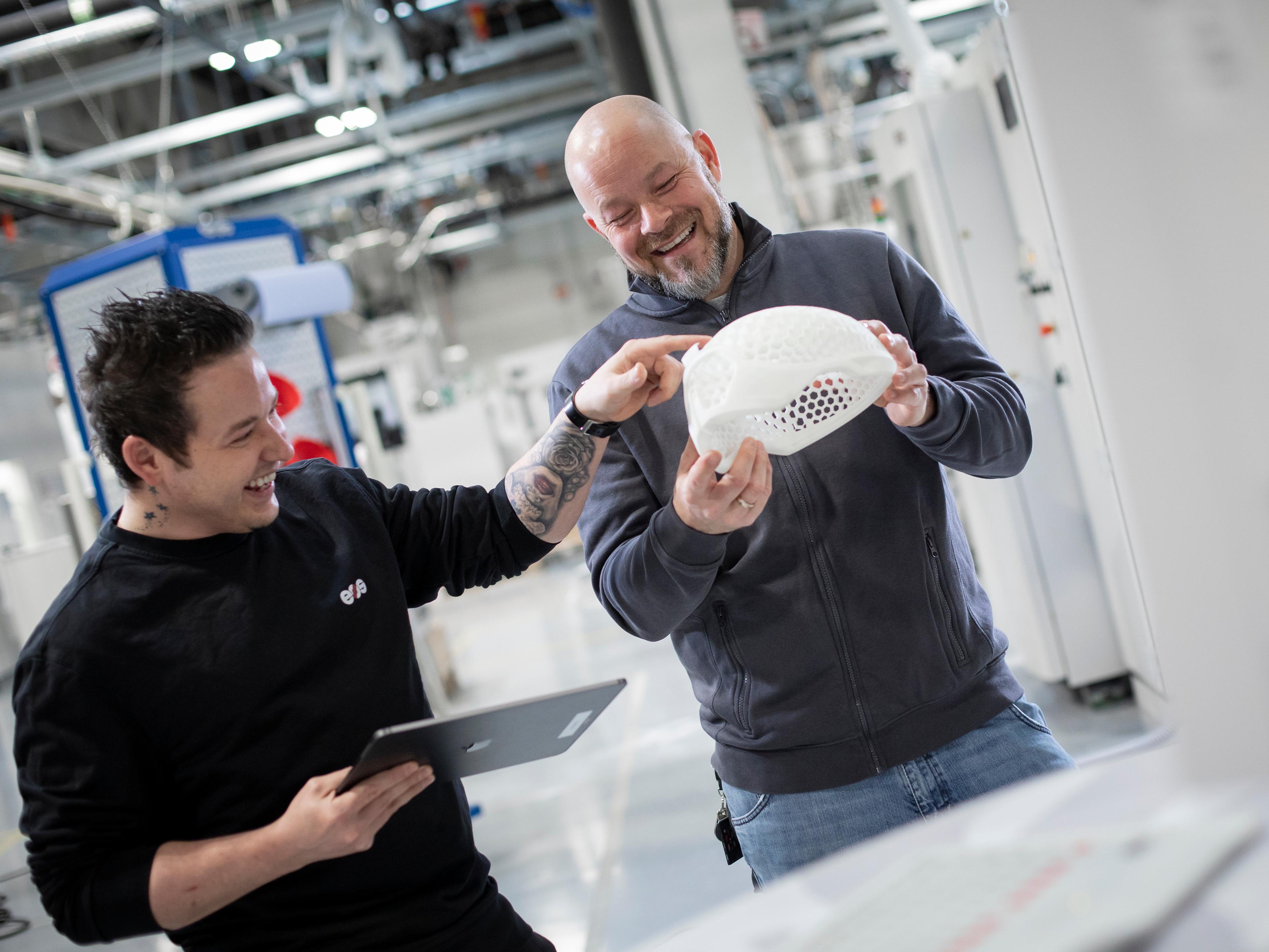
Design for Polymer Additive Manufacturing

Description
This course is tailored for engineers and designers experienced in CAD and familiar with traditional manufacturing processes such as injection molding or machining. You’ll gain a comprehensive understanding of the polymer LPBF process, covering functional design, material efficiency, and common challenges like wall thickness, orientation, and surface quality.
Through step-by-step guidance and real-world examples—including a medical device case study—you’ll learn how to apply DfAM principles to create lightweight, durable, and cost-effective polymer parts. Completion earns you an official EOS Certificate in Design for Polymer LPBF.

Course Breakdown
FAQ
Meet Your Instructor

Find Out More
Want to learn more about this certificate program or other courses? Get in touch with our AM Academy experts to schedule a call today.
Book a free consultation



